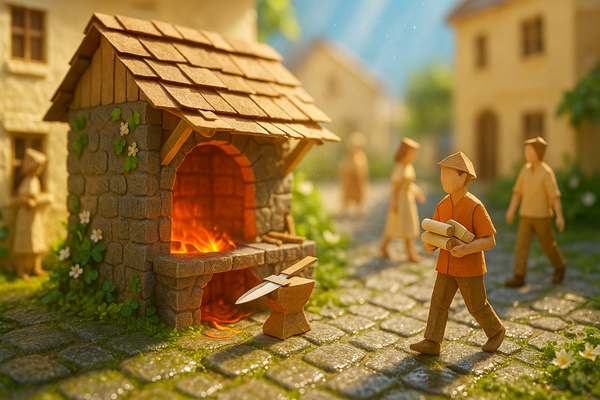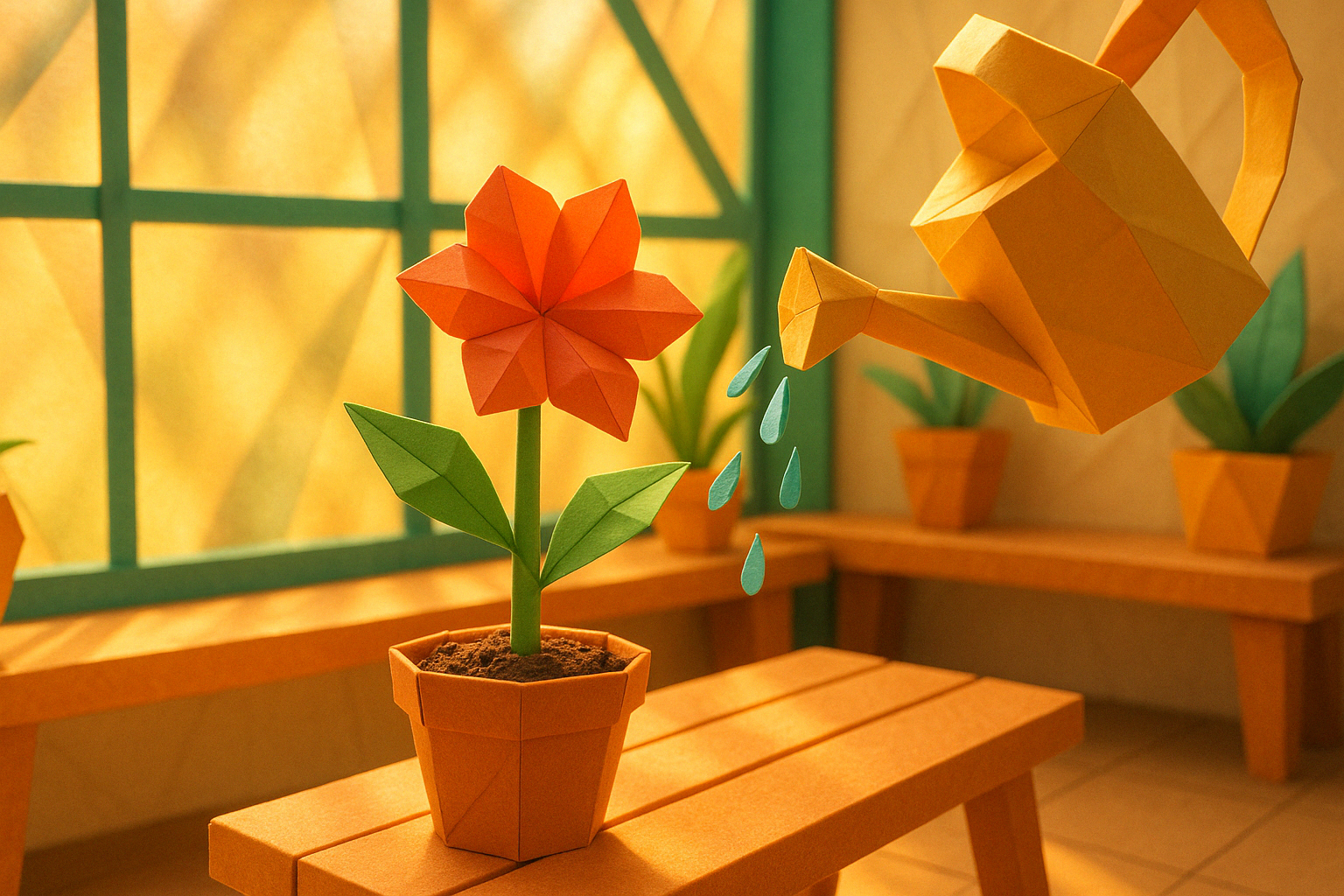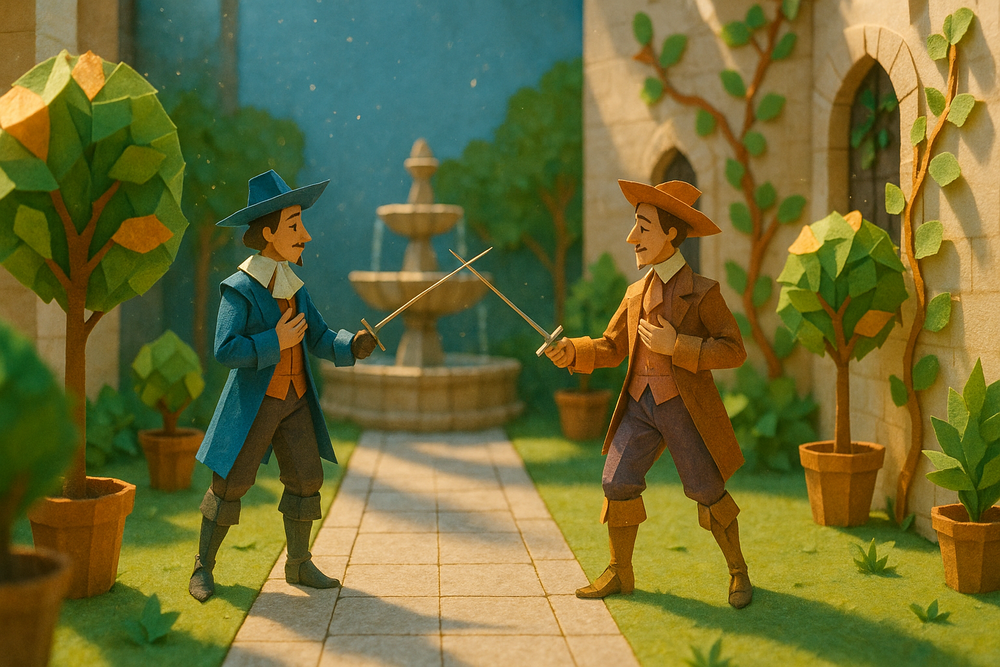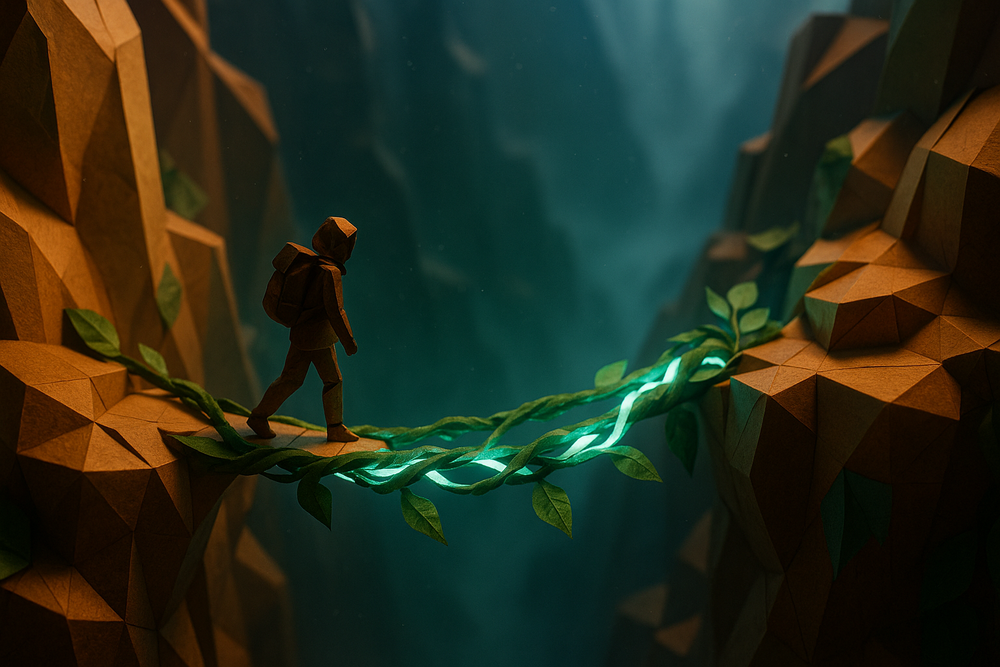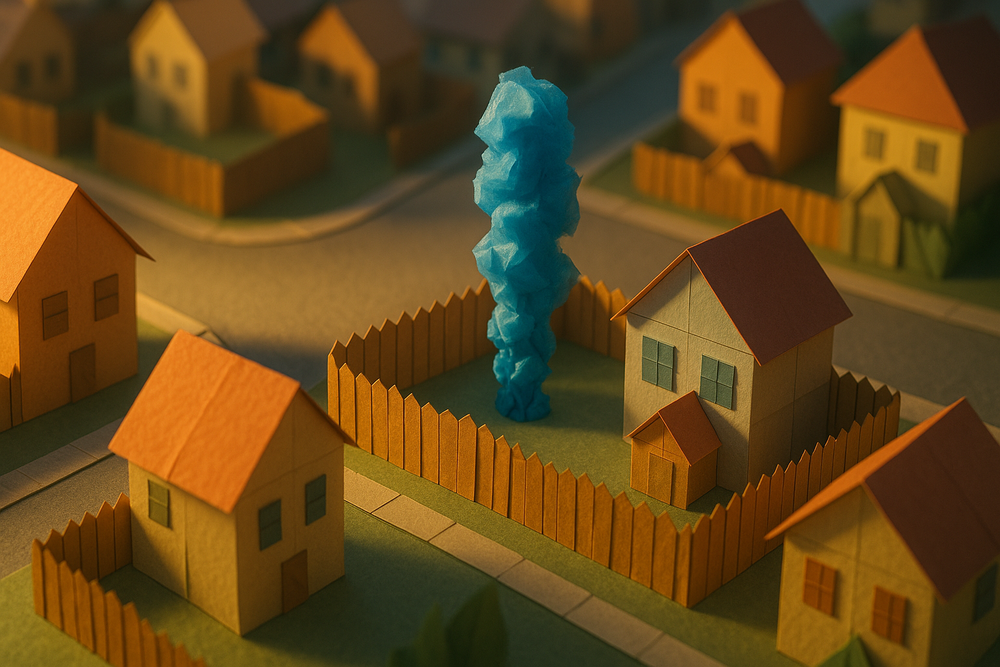World-building, at its core, is the act of creation. It’s the art of planting the seeds of an idea and nurturing them into a vibrant, living world that can sustain the weight of your story. Whether you’re crafting a sprawling fantasy realm, a distant planet, or a small, intimate town, the process of growing your world from seed to bloom mirrors the organic nature of life itself. It begins with a single spark—a question, an image, a feeling—and through thoughtful cultivation, becomes a landscape readers can lose themselves in. Today, we’re diving deep into this process of growth, exploring how to let your world-building evolve naturally, layer by layer, until it stands tall and rich, ready to cradle your story.
The Seed: Starting with a Core Concept
Every world begins with a seed. This seed might be small—a single "what if" question that flits through your mind—or it might be a bit more developed, perhaps a character who whispers of the world they come from. The important thing about seeds is that they’re simple, manageable, and often incomplete. They don’t hold every detail of your world; they just need enough life in them to take root.
Think of Tolkien’s Middle-earth, which grew from his love of language. Or Le Guin’s Earthsea, seeded by the concept of balance and true names. Your seed could be as straightforward as “a city that never sleeps” or as abstract as “a culture where music dictates social status.” This core idea becomes the gravitational center of your world-building. It’s what you return to when you begin expanding outward.
One of the beautiful things about starting small is that it allows you to focus. You don’t need to know the exact climate patterns of your world’s mountain range at this stage. Instead, ask yourself: what fascinates you about this idea? What makes you want to know more? Curiosity is the sunlight that helps the seed sprout.
The Roots: Establishing Foundational Elements
Once your seed takes root, it’s time to start establishing the foundational elements that will anchor your world. This is where you build the systems—political, cultural, geographical, historical—that give your world weight and believability.
At this stage, resist the urge to sketch everything at once. Instead, think like a gardener working row by row. Start with the elements most relevant to your story. If your protagonist is a scholar, you might focus on the education systems, the transmission of knowledge, or the religious beliefs that influence what is taught. If your story revolves around conflict, political structures and alliances may become your first priority.
What matters here is that these roots interconnect. A world’s culture might shape its laws, its geography might influence its economy, and its history might haunt its current events. Every choice ripples outward. Rather than working in isolation, consider how each root supports and nourishes the others.
This interconnectedness is vital because it adds texture. It creates the feeling that the world existed long before your story began and will continue long after it ends. Just like roots beneath the soil, much of this foundation remains unseen but lends strength and depth to what grows above.
